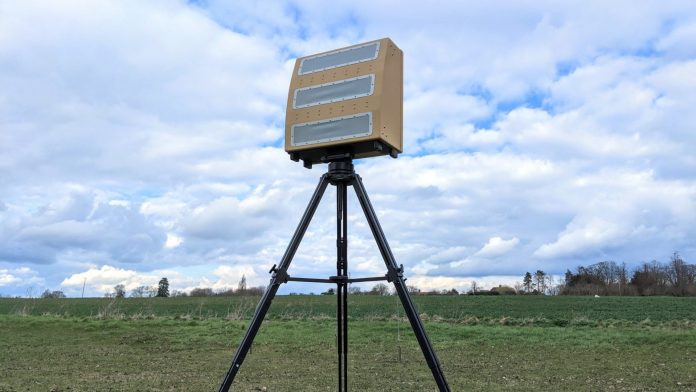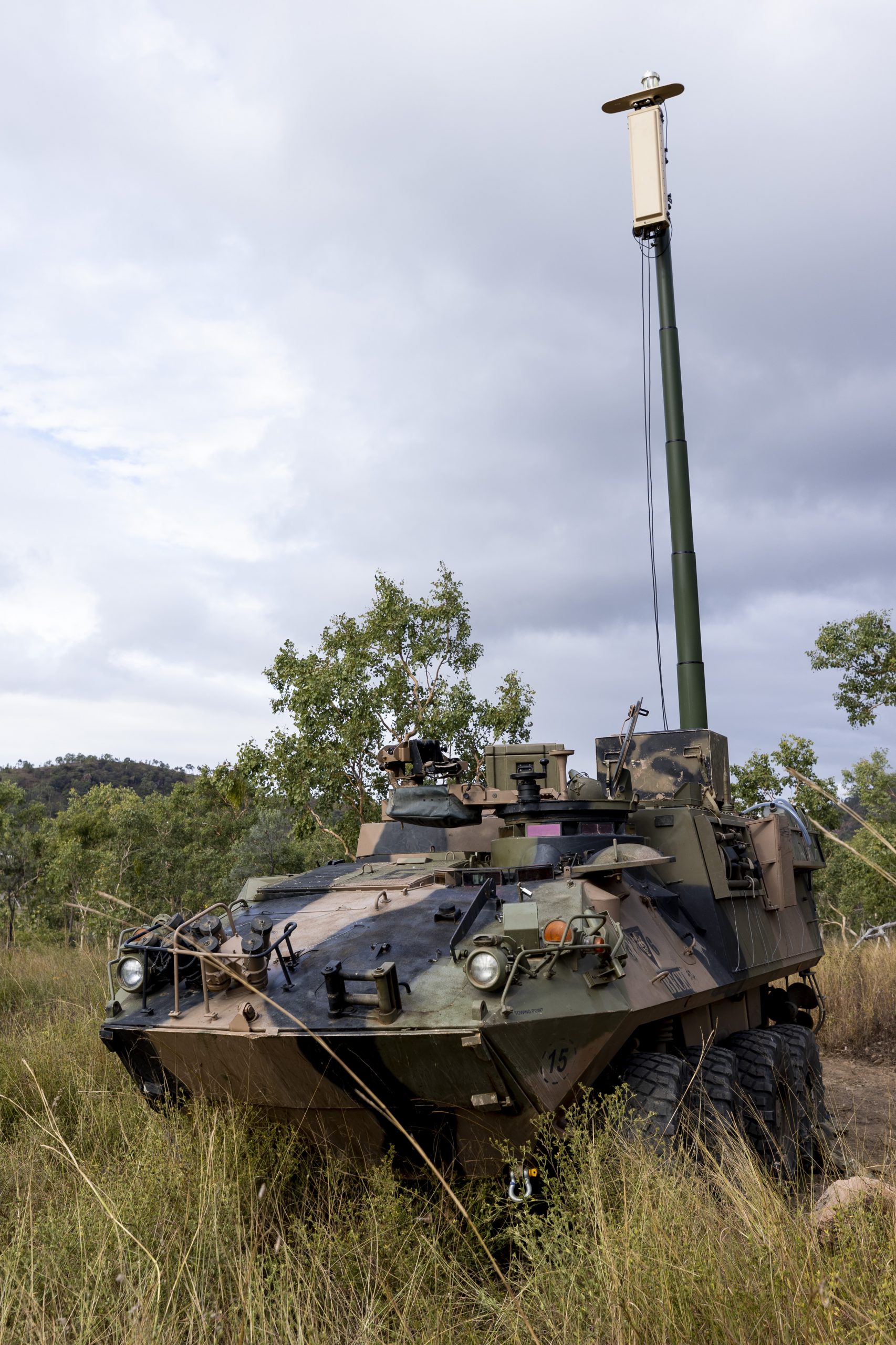
The counter-UAS business is growing fast with new partnerships flourishing, and military customers exploring options regarding the best use of the technology.
First came unmanned aerial systems (UAS) – drones in common use – but this article will keep with UAS. Their utility to the military was immediately obvious, particularly as intelligence, surveillance and reconnaissance (ISR) platforms. But when the other side started to use them too they turned into intrusive and increasingly dangerous threats if weaponised. For this quick look at counter-UAS (C-UAS) systems we shall think in terms of the small, tactical threats.
A development that could see new C-UAS capabilities being launched into the international market was the Memorandum of Understanding (MoU) signed in March this year between Abu-Dhabi based EDGE defence technology group and Israel Aerospace Industries (IAI) to jointly develop C-UAS solutions. This type of cooperation underlines the defence benefits of the ‘normalisation’ of relations between the United Arab Emirates and Israel in August 2020.
EDGE’s subsidiary SIGN4L, a specialist company delivering Electronic Warfare & Intelligence (EW&I) solutions, will work with IAI whose own subsidiary ELTA Systems, already produces C-UAS products such as Drone Guard. Updated in late 2018, a Communication Intelligence (COMINT) system was added to further improve detection, classification and identification of any target UAS. This is based on an analysis of broadcast frequency and communication protocols. Drone Guard’s 3D radars, electro-optical (EO) and jammer systems were all brought up to the latest standard.
C-UAS Assessment
On 19 July, Australian company DroneShield revealed that it had sold a relatively small, undisclosed number of its RfOne MKII long-range sensors to the Australian Army. The 2nd Cavalry Regiment will trial the equipment during exercises in the field as it works to assess the army’s C-UAS needs going forward.
The RfOne MKII is usually sited at a location and can be used for longer range RF detection and tracking of UAS. Multiple RfOne MKII sensors at one location are used to triangulate the position of an intruding UAS and four will provide a location with 360 degree coverage.
DroneShield has developed a subscription based proprietary detection database which the company states will keep operates up to date with new UAS as they come to market.
The company has also recently announced DroneSim, a deployable UAS simulator that can replicate the radio frequency signatures of common UAS from its database. According to the manufacturer, it can generate ‘aerial (UAV), ground (UGV) and water surface (USV)’ signals. It is supplied in a hard case and can be operated remotely if connected to a network.
According to DroneShield’s chief executive Oleg Vornik DroneSim is the company’s “entry in the important market for training and simulation systems.”. The company also supplies a range of countermeasures including hand held DroneGuns.

Expanding Markets
In May, British company Blighter Surveillance Systems confirmed a partnership with South Korean integration company Dt&C over its new C-UAS business unit. Blighter is keen to grow its business in South Korea and in the wider region. The company revealed that this partnership had resulted in “seven C-UAS tests and evaluations conducted by three separate government agencies.” A Blighter statement clarified this stating that it was “the only radar provider… able to detect and track small UAVs at a distance of over 4 km.”
According to Dt&C advisor Major General (Ret) Yeoung-Soo Hwang, the pilot project affirmed “ the superiority of Blighter’s radar in the field” when demonstrated in front of national South Korean representatives.
The partnership intends to build on Blighter’s existing success “evidenced by their provision of surveillance systems for the South Korean government to monitor the De-Militarized Zone (‘DMZ’).”
Angus Hone, Blighter’s CEO commented that there was a “growing threat of hostile drone usage [which] shows that there is a market calling out for our of expertise.”
Singaporean company TRD has also been experiencing success in Southeast Asia, despite the COVID pandemic. The company announced on 1 June this year that its sales jumped from $5 million in 2018 to $20 million in 2020. A regional customer signed a $10 million order for 12 vehicle C-UAS systems, the Orion-V.
TRD claims that its Orion-H family of hand-held C-UAS products, as well as vehicle mounted solutions such as Orion-V, are used in 16 countries with 11 of those being located in Southeast Asia. It has offices in Thailand and Myanmar.
by Andrew Drwiega












